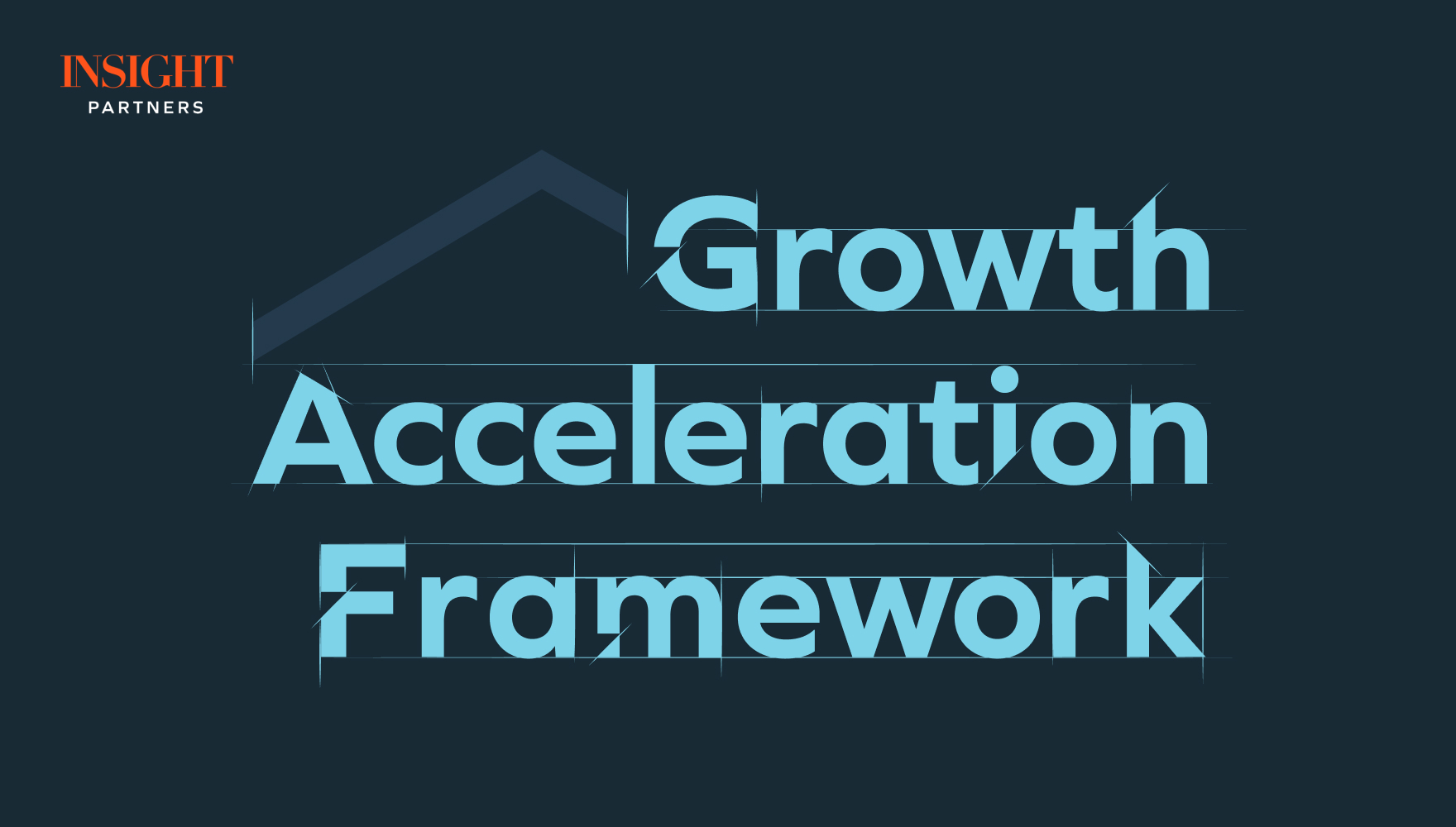Recognizing the need for product leadership
Achieving Product-Market Fit isn’t a one-time event in the life of a successful scale-up. The first time a startup achieves Product-Market Fit can propel the company into the ScaleUp stage, but sustaining growth and profitability means continually searching for Product-Market Fit as you add and refine products and enter new markets.
Companies that have reached the ScaleUp stage have inherent advantages in this continued journey: a deep understanding of customers, a treasure-trove of internal and external data to inform strategic decisions, and the revenue and funding to fuel innovation. However, the hills to climb are also bigger. Products and portfolios are more complex and can span geographies. Whitespace in the original market shrinks and selling gets harder. Obligations to customers and boards require executive time and attention that previously went towards product. There is a need to balance new features with tech refresh to avoid a significant debt.
To fuel continued growth, companies need strong product leaders. Strong product leaders transform your strategic vision into a product strategy that is executable while building and developing high-performing product teams. How can you tell if you need to add strong product leadership? Check for these symptoms:
- You’re selling ahead of your product to the point that your roadmap is full of customer commits
- Increasing development cost are outpacing growth
- There’s tension from sales, marketing, and customer success that R&D isn’t delivering value
- Your ambition requires a step-change for the business (new products, new international geographies, or significant M&A)
- Your C-suite desires clear visibility into the allocation of your R&D resources, your product teams’ goals, and the statuses of your strategic product initiatives, but no executive has the bandwidth to take on the responsibility
- As a CEO, you must worry about all facets of your company, and you need a trusted partner to translate your company-wide vision into actionable product and portfolio strategies
Scaling-up with a CPO
There are two levels of product leaders frequently hired during the growth stage: VP of Product and CPO. The roles vary in scope and experience. You need to know the difference so that you can determine what you need and then evaluate candidates. Relying on past titles alone is not enough. Product Management is not a well understood discipline, and there are many people who have been given the titles of VP of CPO without the experience because a product team had been created for the first time. Effective VPs should be able to help define and oversee the efficient, effective delivery of single product strategies. However, at a certain point, the ambition and circumstances companies face as they ScaleUp will inevitably require a more experienced leader capable of working with a CEO to construct portfolio-scale, multi-geography product strategies and align the entire organization around the delivery of that strategy: a CPO.
A great CPO will allow your executive team to make better decisions by articulating the strategic options you have, including presenting a strong point of view on the top priorities and path forward, and allowing you to balance those product considerations against those of other functions to set your company strategy. Building from the same base of skills, CPOs use accumulated experience to solve problems of greater scope and scale than should be expected of VPs:

Determining if you need a CPO
By the time you’ve reached the growth stage, having a VP of Product is likely a necessity, but not all growth stage companies need a CPO...yet. There are events that can trigger the need for a CPO:
- Expanding into a new international geography
- Transitioning from a single core product to a portfolio of products
- Significant M&A
However, even if you have not yet reached a trigger point. You still may want to consider hiring a CPO or having a CPO advisor until you need a full CPO. You can test this by thinking about the jobs you need a product leader to do that aren’t being done in the organization today.
There are two ways to think about the job you want a CPO to do. First, if your company vision implies that a trigger event is on the horizon, you should hire a CPO with specific experience in that area to navigate those waters. Second, consider who in the org is thinking strategically about your product today and with what level of experience. If, as a CEO, you lack an experienced advisor on how a portfolio of products can be optimized to achieve your growth ambitions and your company is exhibiting one or more the acute symptoms of limited product leadership listed above, you need a CPO. At one point, it was a founder or you as the CEO thinking strategically about product, but as you continue to grow so do the CEO time commitments. You need an experienced, trusted advisor to drive product-led growth.
For more on what good product leaders do within a company, this article does a nice job providing greater depth.
Taking the next steps
As you weigh the costs and benefits of hiring a product leader and consider whether you need a VP or CPO, Insight Partners and Produx Labs are here to help. We are available to help you consider your product leadership options, and can support you with sample job descriptions, candidate scorecards, and interview guides as you wade into the competitive waters of product leader recruitment. Additionally, Produx Labs and Insight Partners have partnered to launch the CPO accelerator, a training ground for the next generation of product leaders. You can connect with us to learn more.












